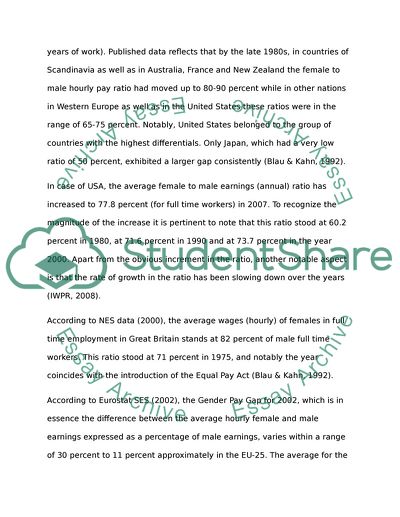Cite this document
(One of the Major Contributors to Wage Gaps in Reducing the Gender Pay Essay, n.d.)
One of the Major Contributors to Wage Gaps in Reducing the Gender Pay Essay. Retrieved from https://studentshare.org/finance-accounting/1720743-explain-what-the-gender-pay-gap-is-how-it-is-measuredits-causesand-what-employers-can-do-to-reduce-it
One of the Major Contributors to Wage Gaps in Reducing the Gender Pay Essay. Retrieved from https://studentshare.org/finance-accounting/1720743-explain-what-the-gender-pay-gap-is-how-it-is-measuredits-causesand-what-employers-can-do-to-reduce-it
(One of the Major Contributors to Wage Gaps in Reducing the Gender Pay Essay)
One of the Major Contributors to Wage Gaps in Reducing the Gender Pay Essay. https://studentshare.org/finance-accounting/1720743-explain-what-the-gender-pay-gap-is-how-it-is-measuredits-causesand-what-employers-can-do-to-reduce-it.
One of the Major Contributors to Wage Gaps in Reducing the Gender Pay Essay. https://studentshare.org/finance-accounting/1720743-explain-what-the-gender-pay-gap-is-how-it-is-measuredits-causesand-what-employers-can-do-to-reduce-it.
“One of the Major Contributors to Wage Gaps in Reducing the Gender Pay Essay”, n.d. https://studentshare.org/finance-accounting/1720743-explain-what-the-gender-pay-gap-is-how-it-is-measuredits-causesand-what-employers-can-do-to-reduce-it.


